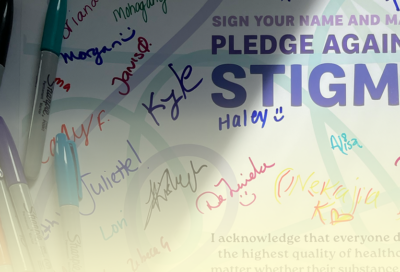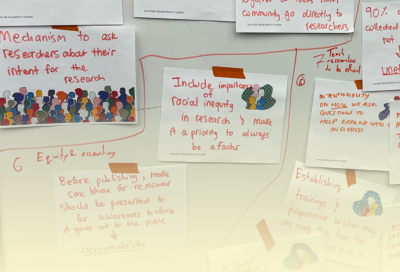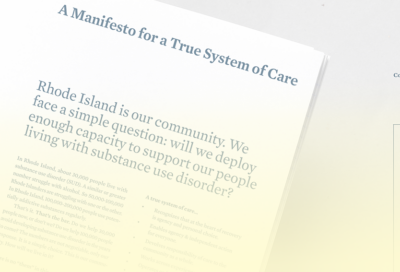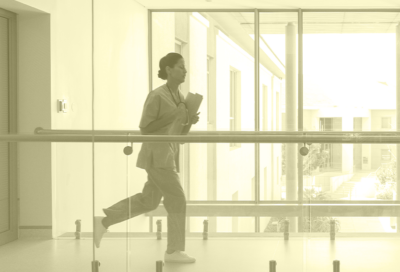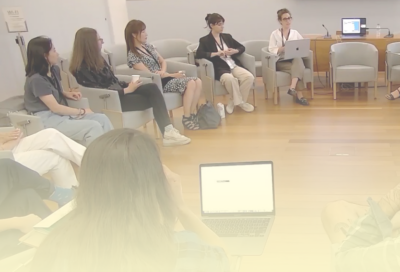Opioids & Harm Reduction
The opioids and overdose epidemic is a planetary problem with painfully local consequences. It operates at the intersection of questions of care, moral judgment, criminalization and social justice. Per-capita, Rhode Island has one of the highest rates of substance use disorder and overdose in the country. The state is also a leader in harm reduction initiatives, being the first to legalize overdose prevention sites. It is a place where community activism and institutional responses swirl together in a vortex of improvement and crisis. It is deeply intersectional, bringing together dynamics of race, poverty, gender, incarceration, homelessness, and mental health.
At the heart of this epidemic is the stigma that makes it both hard to openly seek treatment, as well as acceptable to deny treatment and support to those in need. Stigma operates in a complex network of conscious and unconscious ways. It is encoded in many of the laws and policies that define the system’s behavior and it colors individual attitudes and actions. If one understands people struggling with substance use as being to blame for their condition, it becomes easier to starve care systems of the resources they need. Even if one doesn’t blame, the discomfort of stigma makes it easier to live in denial about the harm being done.
Since our founding, we have sought ways to make meaningful contributions towards systemic improvement in this space. Our efforts have put us in collaboration with national research organizations like the COBRE on Opioids and Overdose, state actors like RIDOH and the RI Senate, community groups like Project Weber/RENEW, healthcare providers like the Lifespan Division of Addiction Medicine, and research organizations like the People Places and Health Collective at Brown.
Building this network of collaborators has taken years of careful engagement, trust, and building a portfolio of work that balances the aspirational and visionary, with the practical and implementable. Some of our design work has involved elaborate facilitation and coordination work, other times we have contributed by simply showing up and offering help where needed.
By maintaining continuity of collaboration, we have been able to offer RISD students access to a vibrant network of domain experts who can speak to everything from high level policy to lived experience. Our studio critics have included practicing nurses, state Senators, and formerly incarcerated community workers—all of whom have had invaluable “real world” feedback to our students’ work. In turn, we have brought student work to national conferences, and prototypes to working clinical spaces. These fresh perspectives on what a system of care — built from the ground up to be anti-stigma — might look like have served to challenge and inspire our partners to re-imagine what’s possible, and what they should be working towards.
In this way, RISD can be a beacon of social justice, while participating in real, tangible improvement. The work connects students to an active community of stakeholders and interrogates the considerations (social, material, spatial, experiential) that shape the design of these spaces and systems.
We can help students and stakeholders operate across scales, bringing their RISD practice to challenging and deeply human conditions.

